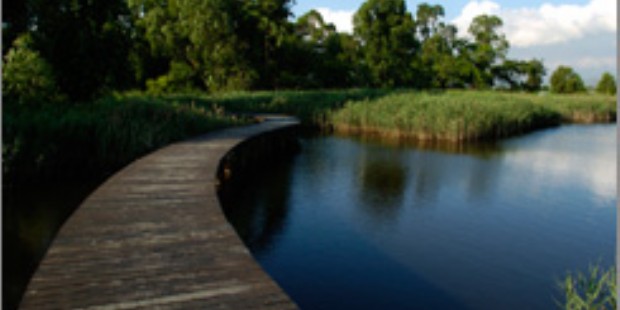Leshou Hall in Summer Palace

There are two buildings called Leshou Hall among the imperial garden buildings in Beijing, one is in Ningshou Palace, northeast region of Forbidden City, and the other one is in the Summer Palace. The Leshou Hall in Summer Palace was the building as part of Qingyi Park during Emperor Qianlong period, as well as the main building in the residential living area of Summer Palace. This building is built for the mother of Emperor Qianlong (Queen Shengxian) for her 60th birthday. As Queen Shengxian believed in Buddhism, the upper part of Hall was arranged like a temple for worship.
Leshou Hall was repaired in Jiaqing seven years (1802), but was destroyed in Xianfeng then years (AD 1860), and was rebuilt in Guangxu seventeen years (1891).
Leshou Hall faces the Kunming Lake, leaned against Longevity Hill, east of Dehe Park and Renshou Hall, and west of the long gallery, is the best place to live and play in the Summer Palace. The golden inspcription "Leshou Hall" on the tablet was inscribed by Emperor Guangxu. There is copper deer, copper crane, and copper vases displaying inside the Leshou Hall, meaning "six peaces". Inside the hall, there are plants and flowers such as planted magnolia, crabapple, peony, full House, which have meaning as "wealth". Now a magnolia in front of on the Yaoyue Door is transplanted by Qianlong from the south.
Leshou Hall is a large quadrangle courtyard, the main hall in the yard is the Leshou Hall, there are side halls on the east and west side, and nine Houzhao halls in the backyard.
Shichahai Beijing

Located in the northwest part of Beijing, Shichahai is a famous scenic area that includes three lakes, surrounding places of historic interest and scenic beauty, and remnants of old-style local residences, Hutong and Courtyard. Shichahai consists of the following three lakes: Qianhai, Xihai and Houhai. In imperial times it was called the Riverbank.
With Beihai Lake becoming an imperial backgarden, some 20 temples were built in the area of Shichahai Lake. It was said that these temples were established for the convenience of women to leave the imperial families. "Cha" refers to a small temple while "shi" can mean "tens", hence the name of Shichahai.
Its history can be traced to as far back as the Jin Dynasty (1115 - 1234). During the Yuan Dynasty (1271 - 1368), it was the terminal point of the Great Canal, which was a main reason for its prosperity. In the period of the Ming Dynasty (1368 - 1644), when the channels ceased to be as smooth as they used to be, it changed from a bustling hub to a place of leisure where people could stroll around to admire the vast scenery or enjoy the cool shade under williow trees.
The greatest point of interest in it today is its residences, Hutong and Courtyard. Visiting Hutongs by pedicab has become a popular activity for visitors from China and abroad. The most famous is Jin Si Tao, which actually includes 18 hutongs and keeps the original layout. Another one is Skewed Tobacco Pouch Street (Yandai Xiejie), meaning an oblique street which looks like a long-stemmed pipe.
This street used to be a famous street selling long-stemmed pipes. In the east area, South Gong and Drum Lane (Nanluogu Xiang) is an interesting hutong renowned for its long history, culture, specialty stores and distinctive foods.
Around the lake there are also ten famous Taoist and Buddhist temples and several formal royal mansions and gardens. The most well known are the Prince Gong Mansion and the Prince Chun Mansion.
At night, Bar street becomes a good destination for many youngers. Compared with the hustling-bustling scenes during the daytime, Shichahai is quiet at night. The small bars here are exquisite although they don’t have showy names.
Grey courtyard walls, lush and green willow trees, quiet water…all this displays the generosity of this city. Different from other famous attractions in Beijing, Shichahai has its own features. Maybe it’s not so well-known, but the scenery there never fail to make your trip regretful.






